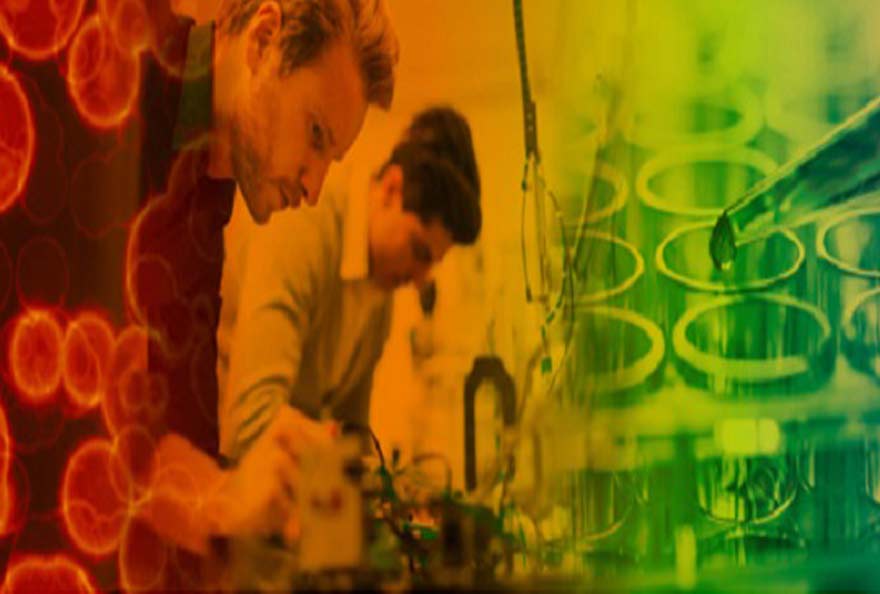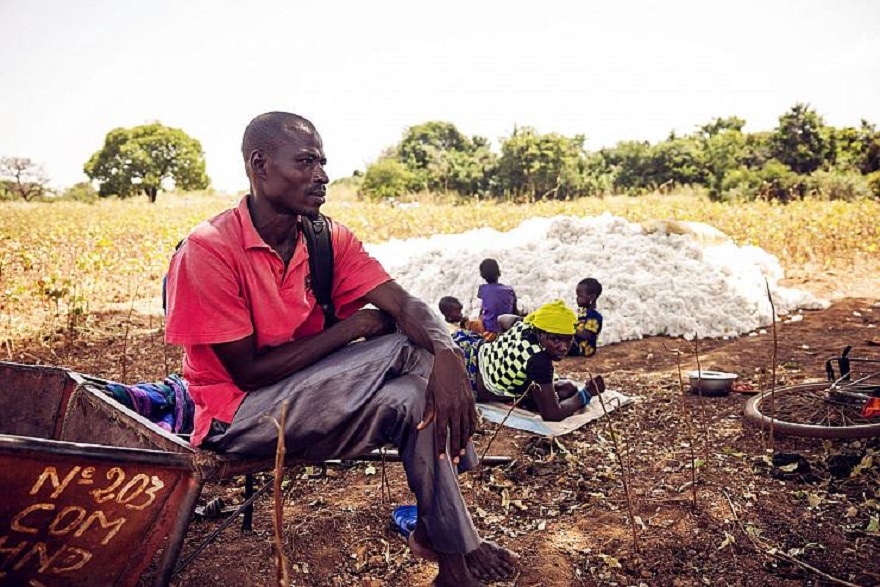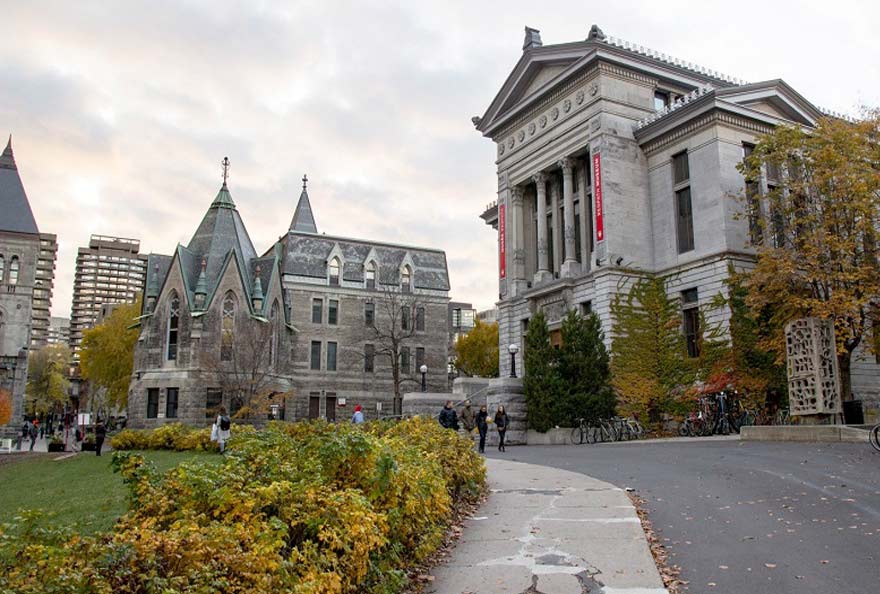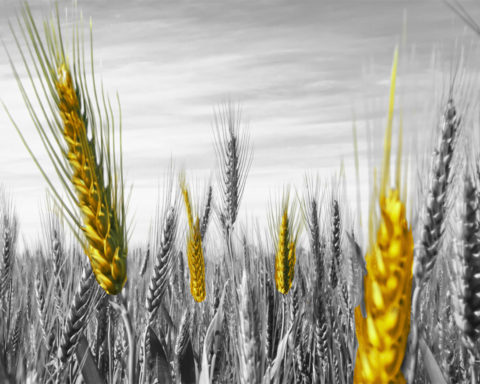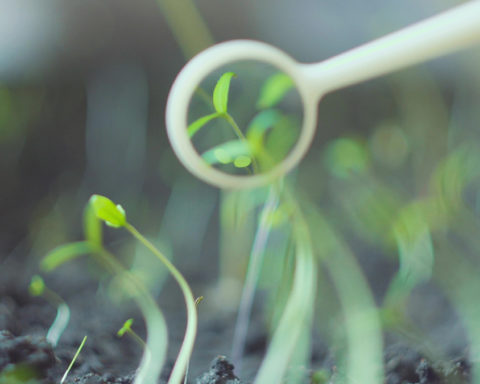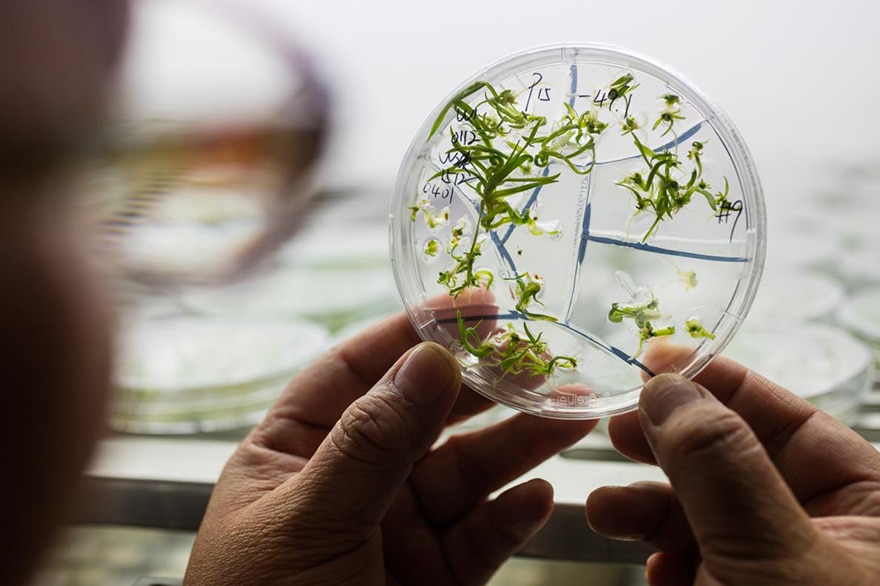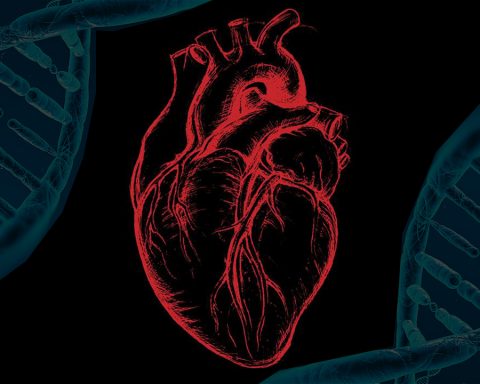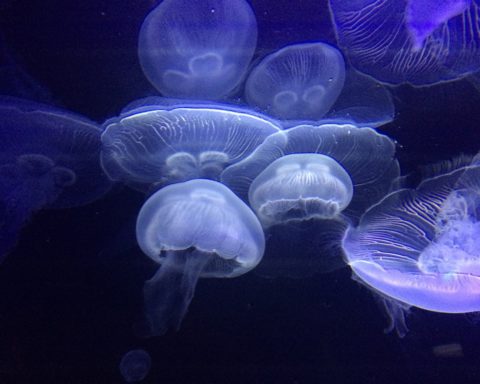
The example of Global Bioenergies
WatchFrog's proposal to measure endocrine disruptors
Ynsect acts for responsible animal nutrition
Innovative industrial applications
 The National Sequencing Centre (CEA), which has sequenced the genome of wheat, banana, rice and vines, is now mainly devoted to the metagenomics of environmental microorganisms, in particular the plankton collected by the Tara Oceans team and the bacteria involved in water purification.
The National Sequencing Centre (CEA), which has sequenced the genome of wheat, banana, rice and vines, is now mainly devoted to the metagenomics of environmental microorganisms, in particular the plankton collected by the Tara Oceans team and the bacteria involved in water purification. Metemis develops miniature chemical sensors for the measurement of ions or molecules in liquid media. The company has a catalogue of ten sensors including phosphate for NPK measurement. These measurements in situ are aimed at reducing the amount of fertilizer or nutrients in AgTech.
Metemis develops miniature chemical sensors for the measurement of ions or molecules in liquid media. The company has a catalogue of ten sensors including phosphate for NPK measurement. These measurements in situ are aimed at reducing the amount of fertilizer or nutrients in AgTech. Abolis has the ambition to make chemistry more environmentally friendly by offering industrialists micro-organisms capable of producing molecules of interest from renewable resources by fermentation. The start-up is targeting the food, fragrance and flavor markets in particular.
Abolis has the ambition to make chemistry more environmentally friendly by offering industrialists micro-organisms capable of producing molecules of interest from renewable resources by fermentation. The start-up is targeting the food, fragrance and flavor markets in particular. Anova-Plus develops field DNA/RNA tests for the detection of GMOs, pathogenic and sometimes toxic microorganisms, particularly in vines and field crop species, in order to limit the use of pesticides and choose the most suitable varieties.
Anova-Plus develops field DNA/RNA tests for the detection of GMOs, pathogenic and sometimes toxic microorganisms, particularly in vines and field crop species, in order to limit the use of pesticides and choose the most suitable varieties. Innovafeed offers insect flours, oils and bioacitives for the nutrition of farmed fish. Its R&D focuses in particular on the formulation of the breeding substrate by integrating new plant raw materials that are currently not valorized and thus reduce Europe's protein deficit (70% imports).
Innovafeed offers insect flours, oils and bioacitives for the nutrition of farmed fish. Its R&D focuses in particular on the formulation of the breeding substrate by integrating new plant raw materials that are currently not valorized and thus reduce Europe's protein deficit (70% imports). Algama uses the nutritional potential (proteins, trace elements, vitamins) of microalgae to produce new foods. Its Springwave drink with spirulina extracts has anti-oxidant properties. In its "mayo-based" vegetable sauces, "chlorella" algae replaces the egg.
Algama uses the nutritional potential (proteins, trace elements, vitamins) of microalgae to produce new foods. Its Springwave drink with spirulina extracts has anti-oxidant properties. In its "mayo-based" vegetable sauces, "chlorella" algae replaces the egg.
Book "Making Life - Where's Synthetic Biology Going? "by Dorothée Browaeys and Bernadette Bensaude-Vincent - Edition Seuil - Science ouverte, 2011

